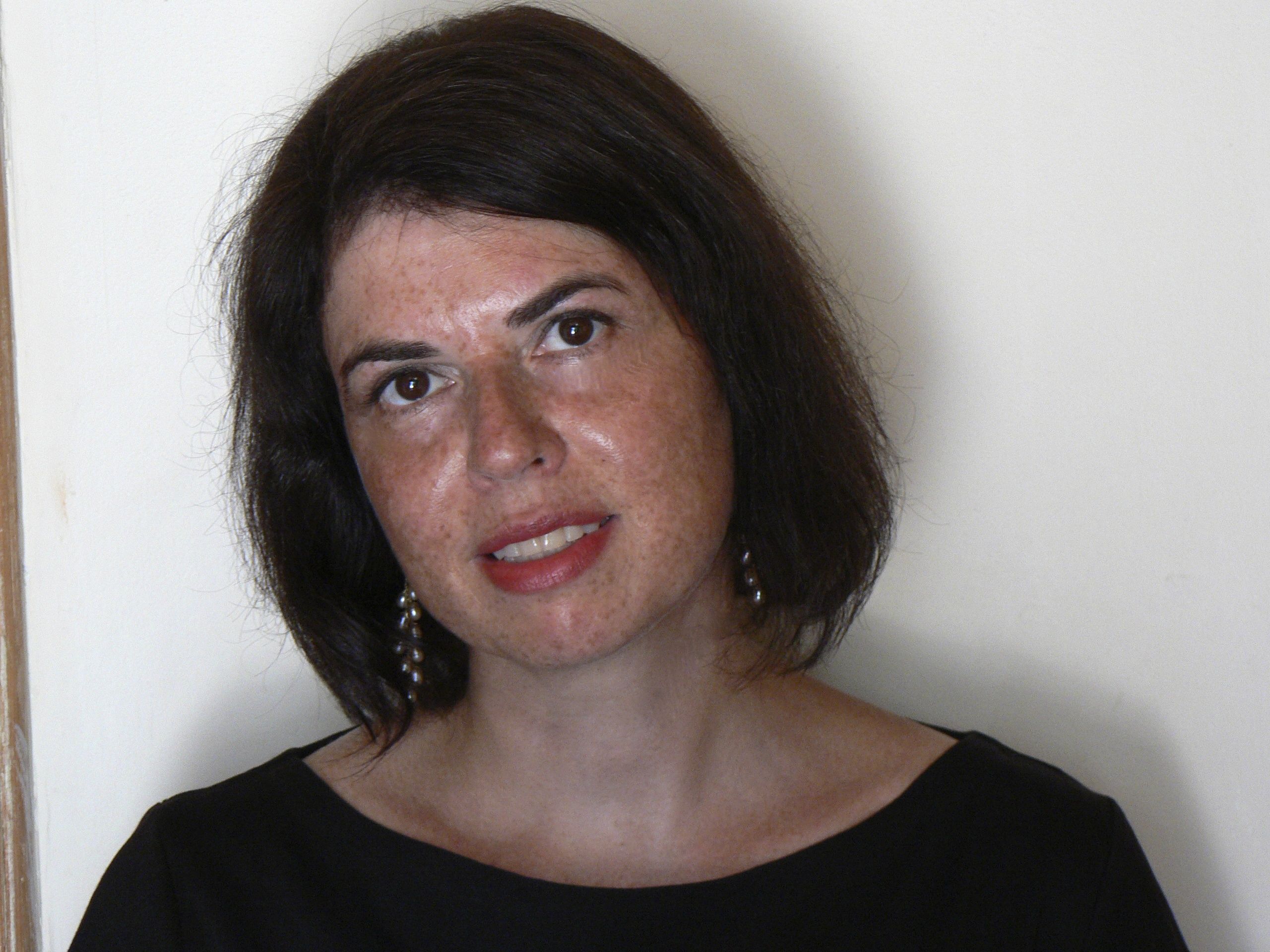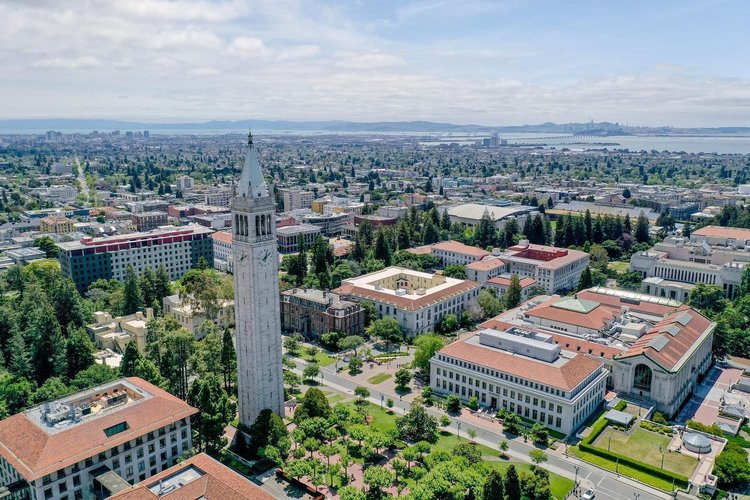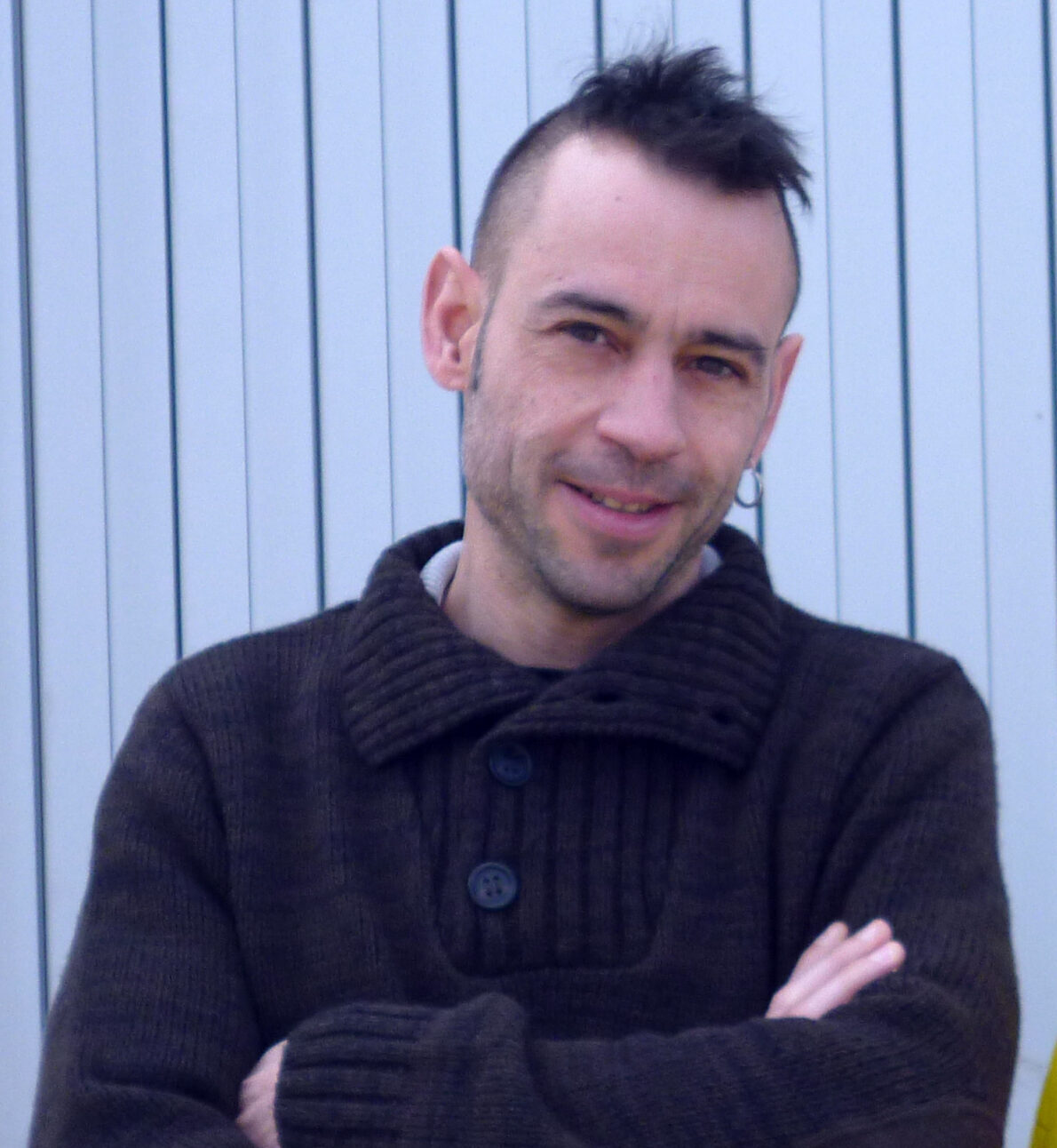In this interview with Culture Media Lab, Marta Severo details her expectations for her upcoming research residency at UC Berkeley and discusses the notion of workflow.
You will soon be in residency at the University of California – Berkeley, can you give us the context of this privileged moment of work proposed by the American university?
This residency at the University of California – Berkeley is an opportunity proposed by the COMUE Université Paris Lumières as part of the NEST project – Networking Technologically Smart Territories, funded by the Marie Skłodowska-Curie RISE Action program. This exchange project allows researchers of different levels, from PhD students to experienced researchers, to carry out a stay with one of the six partners of the project, which are Technological University Dublin (Ireland), University of Silesia (Poland), Universidad de las Artes (Ecuador), University of California Berkeley (United States), Dublin City Council (Ireland), Fabryka Pełna Życia The Living Factory – The Galápagos Islands Government Council (Ecuador).
What was the process like that led you to be invited?
My current research is at the intersection of the objectives of the NEST project, which aims to conduct a theoretical investigation on the relationships between digital technologies, living systems and knowledge production within research laboratories anchored in the territory. Indeed, for the last four years, in the framework of my project for the Institut Universitaire de France, entitled “Donnée en action”, I have been conducting ethnographic work to deconstruct the workflows set up in social science laboratories using digital methods (generally called Media Lab). This practice seemed to me to be a perfect match for the expectations of the residency, so I proposed to add Berkeley to my field of investigation and my proposal was accepted by the NEST project.
What are workflows?
With the term workflow, I refer to the way these labs work. I make the hypothesis that, even if each project is different, each lab tends to build a routine around the organization of the work. Some consider the tools they have at their disposal as a priority, others the data they have collected, others the theoretical framing, still others privilege an activist posture, etc. Of course, it is also interesting to look at the financial model of these labs and to see the role played by funders in structuring the workflows.
What are the challenges of this residency? Would you like to explore one or more topics in particular?
The main objective is to enter these Media Labs and understand how they work, who works there, how research is produced and how digital technologies intervene to weave links with the territories. The stakes are twofold. From a theoretical point of view, we must go beyond the facade of these laboratories to understand the mechanisms that are in place. From a practical point of view, this residency and these visits are also an opportunity to build future collaborations. Beyond UC Berkeley which offers many important structures such as the D-Lab or CITRIS, the territorial context in which the university is anchored is also very interesting to study because it is the place of a link between large groups but also many start-ups from Silicon Valley and more generally from the Bay Area, several of which have an activist posture (e.g. Democracy + Media Lab or the Social Apps Lab). This residency is an opportunity to present your work in the United States but also to share the progress of research in France and Europe.
What points are particularly important to share with the research community in the United States?
Two points are particularly striking if we make a comparison. The first is the effect that Covid and the adaptations that were necessary to fight the virus have had on university life. Indeed, at UC Berkeley and in the structures around it, most activities remain remote. The university seems to be struggling to build a hybrid model and it seems to me that on this point, European universities have something to share with their American counterparts. The second point, related to the first, is the highly individualistic dynamics of research in the United States, which is linked in particular to the immense pressure to raise funds. France and other European countries can demonstrate the importance of building collaborative research dynamics through the creation of collective physical and virtual research spaces. The NEST project and more broadly the COMUE Université Paris Lumières and also the EUR ArTec which is part of this COMUE are excellent examples in this sense.
Mots-clés
Last news





